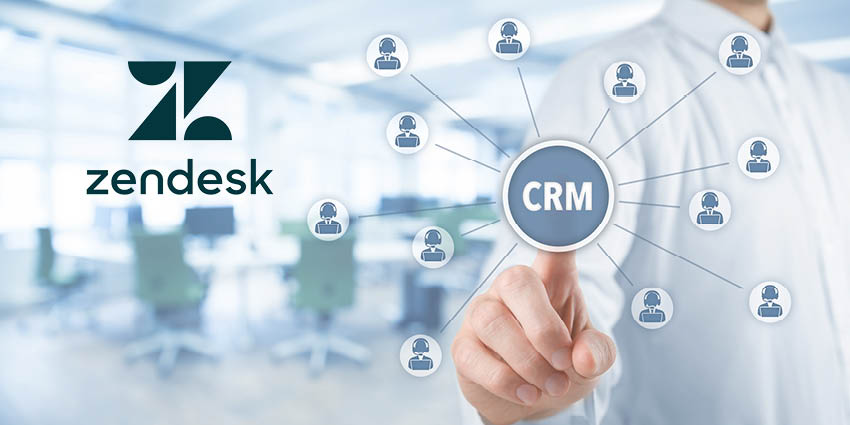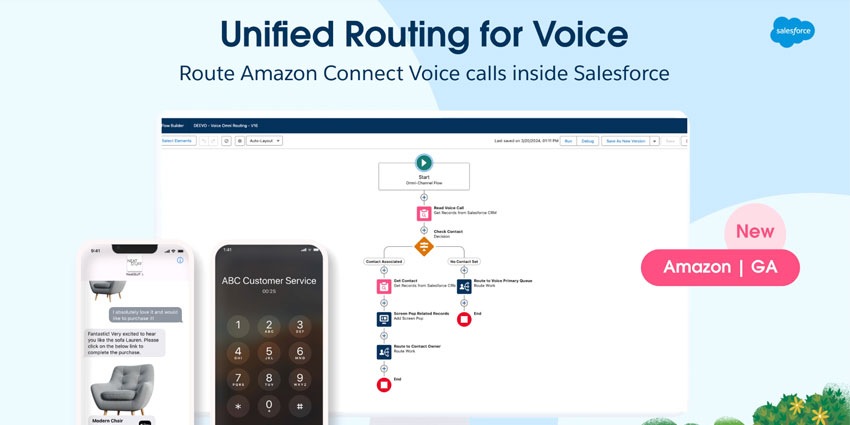A CRM system is a crucial technology for sales and outbound campaigns. It allows organizations to maintain a centralized repository of customer data, which automatically updates thanks to integrations and contact center inputs.
Using the CRM, users can segment customers into groups, create 360-degree profiles, track and follow up on leads. All this drives business growth through customer acquisition.
One of the leading CRM systems enterprises is Zendesk Sell.
What Is Zendesk Sell?
Zendesk Sell is a cloud-based sales CRM that equips customer-facing teams with the tools to engage with customers via calls or email, increase conversion rates, and derive analytics-driven insights to boost sales productivity.
First launched in November 2018, Zendesk Sell also offers sales automation capabilities. Contact centers can unlock these with an integration to the Zendesk helpdesk platform, which allows agents to access contextualized information on every customer.
In the same year, Zendesk acquired FutureSimple – the startup that built the sales automation software Base. The deal forms the bedrock of Zendesk’s CRM offering.
Zendesk Sell targets companies of all shapes and sizes, with two premium support plans – Zendesk Assist and Premier Enterprise.
The 5 Modules of Zendesk’s CRM Offering
1. Email Intelligence
Email intelligence and automation enable users to track the messages they send, create and save unlimited templates, and receive email alerts.
The solution supports email personalization by helping to merge tags automatically. Alongside this, users can:
- Receive insights and alerts on tablets and smartphones
- Access key metrics such as email count and outcomes
- Set up automated emails and task sequences
2. Native Call Dialer
In addition to email campaigns, Zendesk Sell has a built-in dialer that automatically enables one-click calling, dialling the next number on sales lists – without human intervention. If a person is not available, Zendesk enables a smooth transition to SMS communication. Accessing this module, users can:
- Log and record outgoing and incoming calls for reference
- Access notes and call scripts directly in Sell
- Link SMS messages to a contact within the Zendesk CRM
3. Sales Prospecting
The primary reason to implement a sales CRM is to increase conversions and improve business outcomes. Zendesk Sell enables this through targeted prospect lists, where sales agents identify the right stakeholders for each account and engage with the customer across channels.
Also, the solution includes a built-in repository of 20 million businesses and 200 million professionals, enabling users to:
- Benefit from intelligent lead recommendations
- Build targeted lead lists based on industry, company size, role, etc.
- Enhance Sell contact and company records with data
4. Reporting and Analytics
Zendesk Sell allows users to visualize sales data through 20+ chart types. Users can also segment the data as deals or leads and deep dive further.
All reports are available for download as CSV, Excel, PDF, or image files. In addition, Zendesk has pre-designed report templates based on best practices, reducing setup efforts. In addition, users can:
- Predict deal volumes and forecast revenues
- Customize charts and dashboards
- Break down data across sales regions and teams
5. Integration Ecosystem
Sell natively integrates with Zendesk’s customer service and helpdesk offerings, enabling users to connect the solution with a wide range of business applications. As such, users can:
- Download free and paid integrations from the marketplace for apps like RingCentral, Avaya, HubSpot, and several others
- Gain from 90+ pre-built integrations
- Design unique integrations through Zendesk Sell APIs and SDKs
Who Should Use Zendesk Sell?
Zendesk tailors the sales CRM implementation experience for businesses, customizing the solution to the needs of an individual company.
As the organization grows, Zendesk can also offer further support to finetune the solution and meet the maturing needs of the sales team.
Zendesk also provides customers with a flexible pricing model. Sell starts at an affordable $19 per user per month. This includes three users, one custom sales pipeline, and only pre-built integration access (no APIs or SDKs).
The more advanced Sell Professional is available at $49 per user per month and Sell Enterprise at $99, adding features such as bulk email personalization, advanced analytics, task automation, deal and lead scoring, and customized notifications.
Organizations already using Zendesk can upgrade to the Zendesk Suite, which includes both the helpdesk and sales CRM solutions. Pricing starts at $49 per user per month.
Finally, the company offers tailored CRM solutions for select industries such as education, financial services, healthcare, manufacturing, retail, and telecom.
Pros and Cons of Zendesk Sell
The most significant advantage of using Zendesk Sell is possibly its array of integrations with inbound and voice channels. As a result, agents can gain a broader view of customers and tailor offers to them better. Also, with its flexible pricing plan, it is affordable and easy to implement.
However, customer reviews note that the reporting feature could be more powerful, and there is no localized pricing for developing economies.
Eager to learn how to enhance the value of a CRM – such as Zendesk Sell – through integrations? Read our article: Contact Centre Integrations That Will Bolster Your CRM Strategy.







